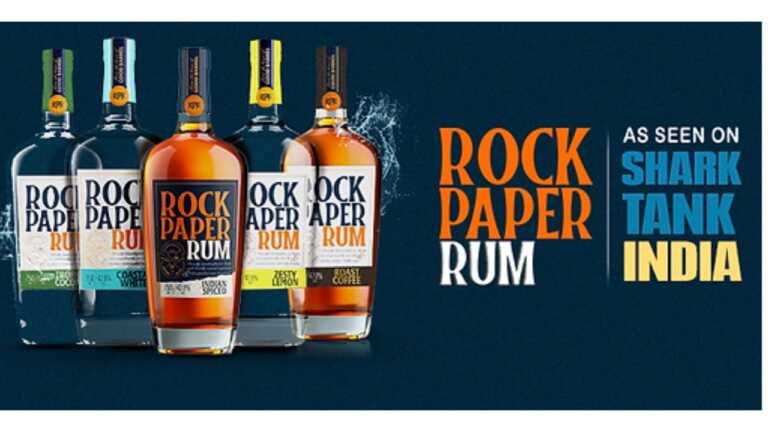Did you know that chocolate was once considered a currency?
Aztecs valued solidified chocolates as the symbol of power and wealth. They required all areas under the empire that grow cocoa to pay the rulers beans as tribute or taxes. This exchange established cocoa as a currency, and they were used to make any kind of purchase ranging from clothes to services!
Throughout the years
Chocolate reached Europe through Spain. The Spanish loved chocolates and began importing them in 1585. Slowly the demand for chocolate increased throughout Europe. With high demands came chocolate plantations which were worked by thousands of enslaved people. Chocolate was a luxury that only rich people enjoyed until in 1828, Dutch chemist Coenraad Van Houten discovered a way to treat cocoa beans with alkaline salts to make powdered chocolate that was easier to mix with water.

Chocolate as a mass commodity
Until the 19th century, chocolate was enjoyed as a beverage, with milk, sugar, and cinnamon. In 1847, British chocolatier J.S. Fry and Sons created the first chocolate bar molded from a paste made of sugar, chocolate liquor, and cocoa butter.
Swiss chocolatiers Daniel Peter and Henri Nestle together created the Nestle company and brought milk chocolate to the mass market. In 1879, Rudolf Lindt invented the chocolate conch machine which is used to mix cocoa liquor with other ingredients that give chocolate a smooth, melt-in-your-mouth consistency. By the late 19th century chocolate producing companies such as Cadbury, Mars, and Hershey were mass-producing a variety of chocolate and chocolate was no longer a luxury, but a delightful treat enjoyed by the masses.
Why are the cocoa prices increasing recently?
Cocoa prices, which began at $4,200 per ton at the start of 2024, surged to $10,000 per ton on March 26th marking a dramatic 138% increase. This surge is fueled by supply and demand issues.

Cocoa prices throughout the years
Ghana and Cote d’Ivoire are the world’s dominant cocoa producers, and their crops have been significantly impacted by the unfavorable weather conditions. El Nino has brought dry weather, exacerbated by the hot, dry Harmattan winds. Furthermore, cacao trees are facing a double threat from diseases. Black pod disease and cacao swollen shoot virus, previously affecting Ghana, have now spread to Cote d’Ivoire. The rise in black pod disease is particularly concerning, with some of it due to the increased rainfall in Cote d’Ivoire.
This surge in cocoa prices has also spurred renewed interest in cocoa substitutes. Manufacturers are exploring alternative ingredients like carob powder, which has naturally sweet taste, or vegetable fats to maintain the affordability in their chocolate products. While these substitutes can offer a similar texture and sweetness, they may not fully replicate the rich, complex flavor profile of real chocolate made with cocoa butter. Ultimately, the choice between using substitutes or raising prices will depend on each manufacturer’s strategy and target market.
What are the manufacturers doing about this?
Mayank Shah, vice president of Parle Products, said “There has been an unpredicted hike in the prices. No company will be able to absorb this kind of price hike. We are monitoring the situation and may also need to hike prices by 10-15% over the next 1-2 months to cope with volatility in cocoa prices.”
Top manufacturers like Hershey and Mondelez have said to hike product prices to cover the surging cocoa cost. It is unlikely that the company will lose its demand over this increase, but it may be ineffective given that Hershey’s sales dropped by 6.6% in the fourth quarter.
Those reliant on pure cocoa products will bear the brunt of price increases. In contrast, those using substitutes or opting for non-cocoa butter chocolates may experience less impact. However, despite the availability of substitutes, there is no denying the unique taste and luxurious experience that real chocolate provides.



Cocoa prices soar on supply Disruptions and Rising Demand